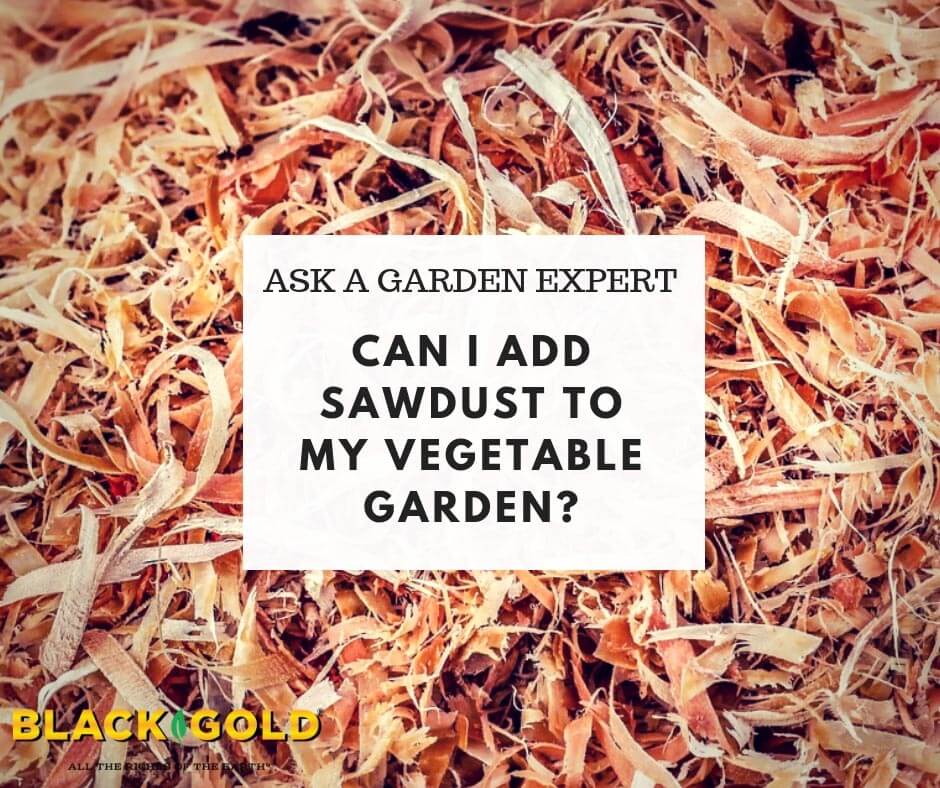“Is 30-year-old decayed sawdust good for vegetable gardens?” Question by Jean of Elizabeth, Arkansas
Answer: It depends on how decayed your sawdust is and its wood type. First, be sure your sawdust is not from treated wood. (Hopefully you can ask the person who created all that sawdust!) Treated wood contains dangerous heavy metals that can leach into the soil and be taken up into vegetable plants, resulting in toxic produce. Treated wood also resists breaking down, so its sawdust would be a really bad to add to your garden.
If your sawdust is not from treated wood, it may be usable. Dig into it and see if it has a crumbly, soil-like texture below the surface. If it does, then it should be okay to use. If your sawdust has remained dry all these years and is comprised of slow-to-decay hardwood, then it must be composted first. (Sawdust that has not broken down is a poor garden soil additive because it initially binds soil nutrients, which is not good for plants.)
Here’s how to compost sawdust in five steps:
- Invest in a composter or choose a bare corner of the yard for composting
- Pile your sawdust along with layers of green (grass clippings or chopped leaves) and brown (Black Gold Earthworm Castings) organic matter to a height of 3-4 feet
- Water weekly to keep the pile moist (in the absence of rain)
- Turn the pile monthly, to ensure it gets plenty of air and breaks down evenly
- The inside of the pile should warm up and break down to a soil-like consistency after a few months
I hope this helps!
Happy gardening,
Jessie Keith


